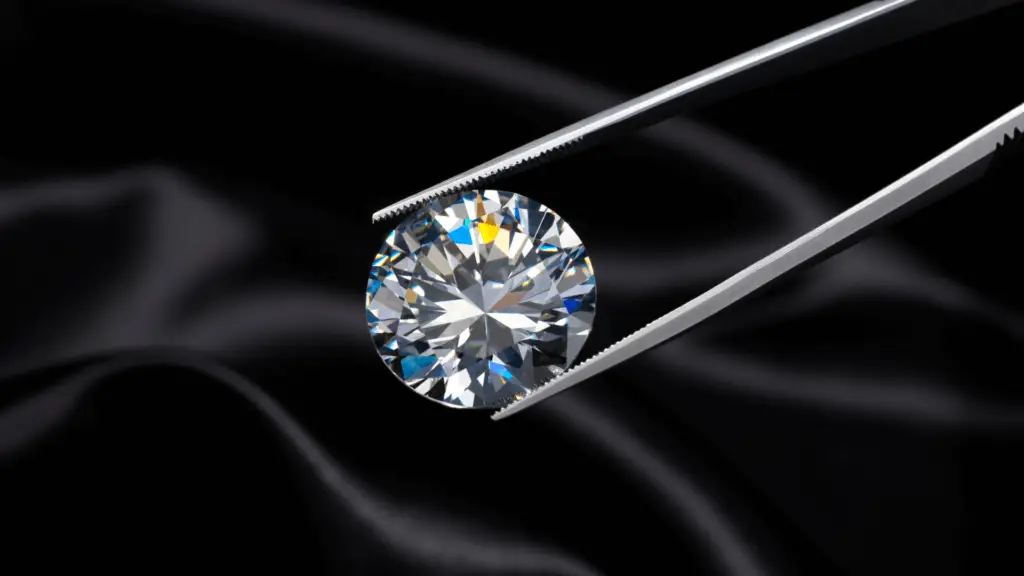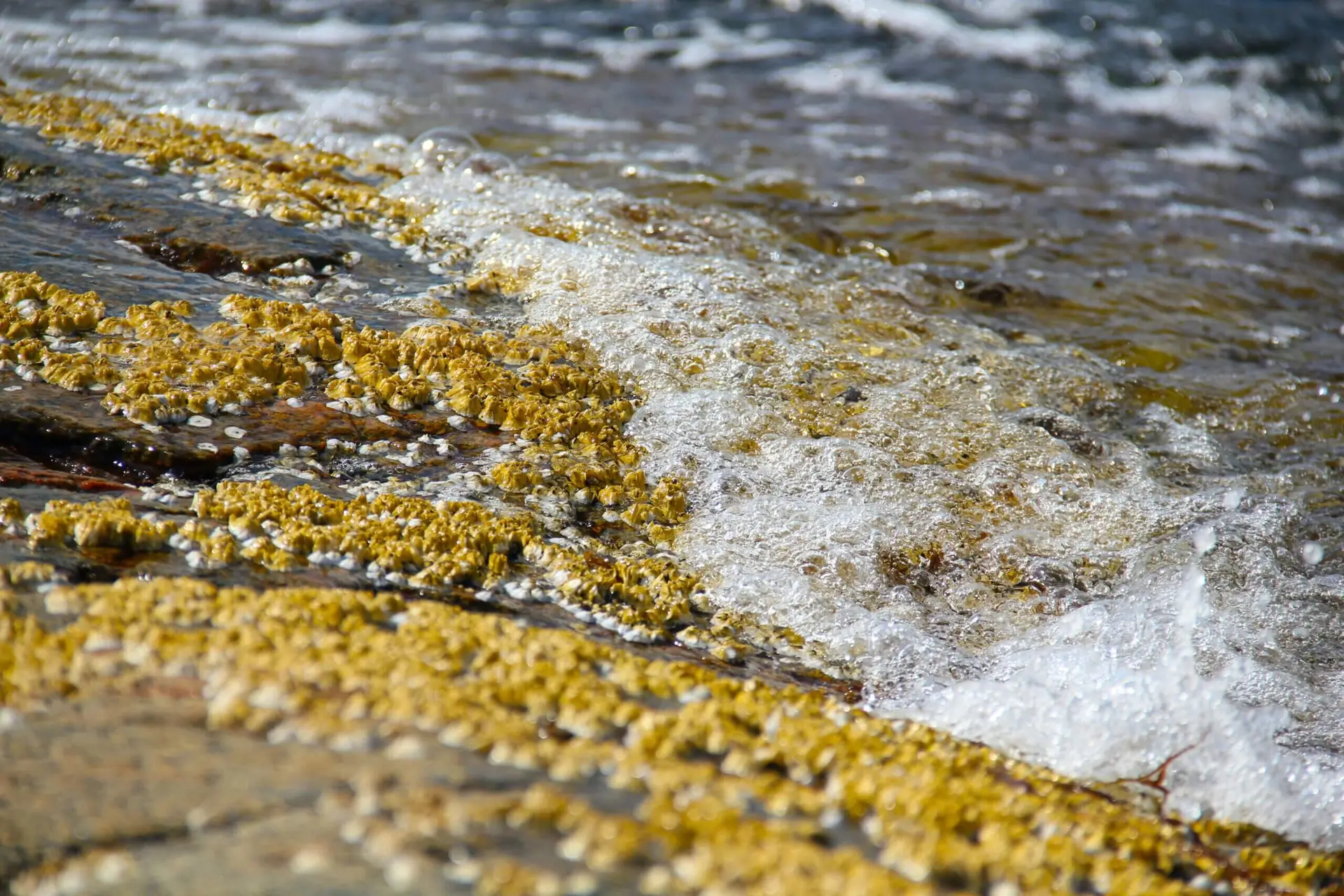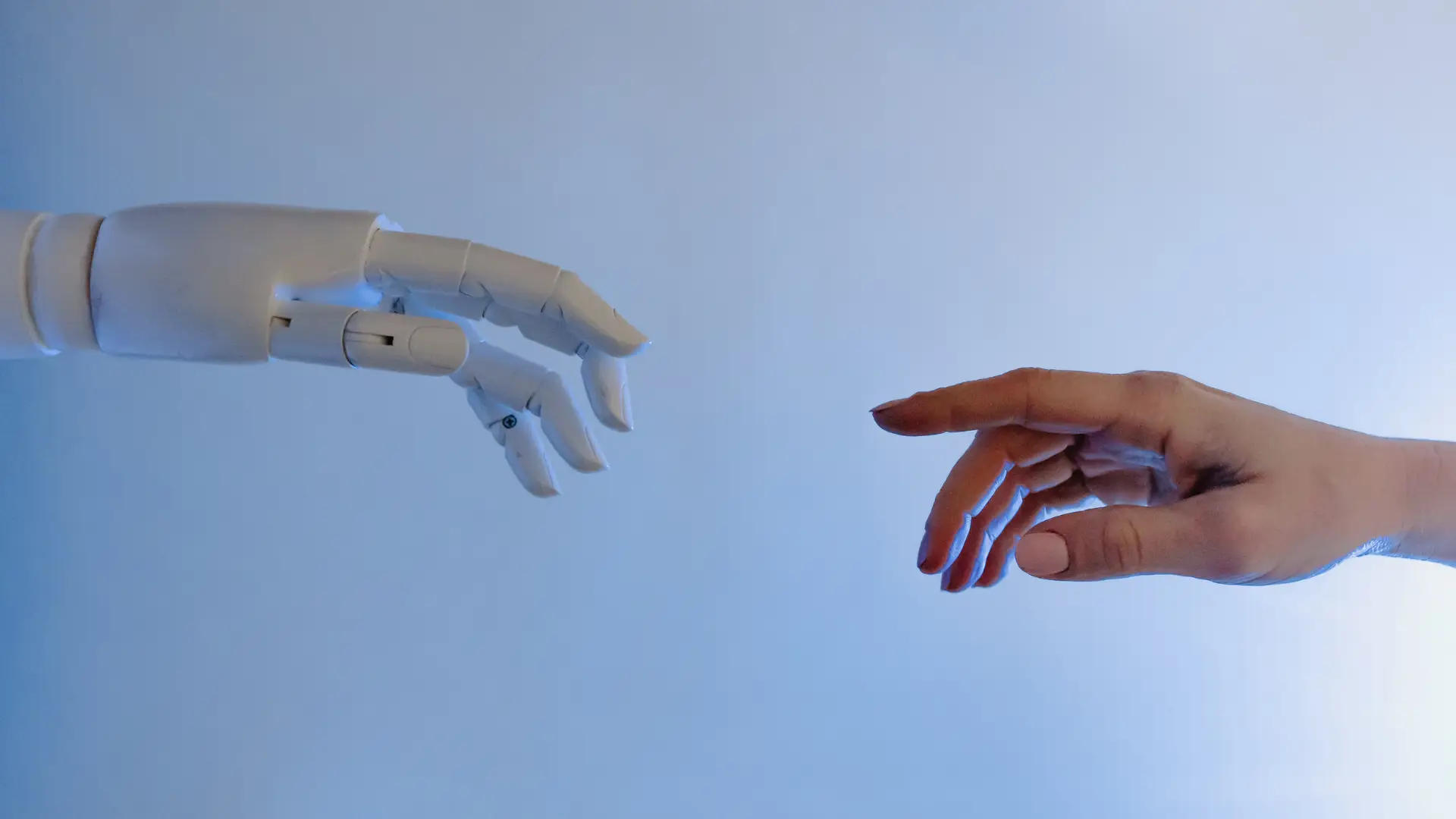Diamonds are stunning but how do you know if you are getting the best diamond possible? The Gemological Institute of America created a grading system known as the 4 C’s of diamonds or the International Diamond Grading System.
The expert jewelers at Isbell are breaking down the 4 C’s of diamonds into easy-to-understand terms so you can know you are getting the best quality diamond at the right price!
Cut
Cutting a diamond is the process of taking a rough natural diamond and shaping it into a sparkling diamond suitable for jewelry. A diamond gemstone can be equal with others in clarity, color, and carat weight and then be degraded by a poor cut.
A quality cut on a diamond is essential for maximizing the beauty of this gemstone. The cut of a diamond is the only one of the 4 Cs of diamonds controlled by human hands. It matters who cuts your diamond gemstone and how it is done!
When you hear the term “cut” in reference to a diamond, it does not refer to the specific style of cut that you may purchase. These are known as fancy-cut diamonds. Examples include round, oval, heart, pear, marquise, etc. The term “cut” instead refers to the quality with which the diamond is cut no matter the style of the cut.
A perfectly cut diamond maximizes the light refraction entering the gemstone. It directs the light to bend and project outward instead of inward or down. This creates the stunning, sparkling diamond that we all love!
A High-Quality Diamond Cut Includes The Following Criteria:
- Precise cuts: The cuts are not too deep nor too shallow. They are perfectly proportionate to each other.
- Symmetry: The cuts are evenly spaced and in a pleasing symmetrical pattern.
- Polished: A perfectly polished diamond includes not only the details and placement of the facets but the overall appearance of the cut gemstone.
When cut correctly light is refracted into the gemstone at perfect angles. This maximizes the shine and sparkle of your diamond jewelry. Jewelers look for brightness, scintillation, and fire in regard to how light reacts within a diamond. Brightness is how much white light reflects outward, Scintillation is the sparkle and the relationship between light and dark areas within the stone. First is the scattering of white light to create a rainbow sparkle. When cut poorly, light is refracted at odd angles and the diamond loses sparkle and can look dull and unattractive.
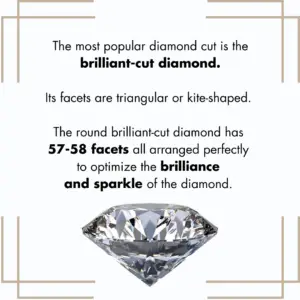
Clarity
To understand the Clarity of the 4 C’s of diamonds, you must first go back to elementary science class. Diamonds are formed by the element carbon when it is exposed to tremendous pressure and heat deep within the earth. As this carbon is forming into a diamond, smaller crystals can become trapped within the carbon creating impurities. The clarity of a diamond is rated by the presence or absence of impurities and where they are located in the gemstone.
If the impurity is inside the gemstone it is called an “inclusion.” If it is on the outside of the gemstone it is called a “blemish.” It is important to note that no diamond is absolutely inclusion or blemish free but the closer it comes to perfection the higher the clarity rating.
How Jewelers Distinguish Clarity in a Diamond
“That diamond is flawless!” These are coveted words to a jewelry lover’s ear, but what does “flawless” truly mean?
As gemstone jewelry became more and more refined, a need for a universal language to describe the gemstones became apparent. This is how and why the 4 C’s of Diamonds came into being. Before this, jewelers could describe a diamond in one way and it is evaluated and described completely differently by another jeweler.
Today the universal understanding of diamond clarity falls under 6 main categories. Some have subcategories so there are 11 grades to describe clarity. The category descriptions are listed below from the Gemological Institute of America. Note that not all of the inclusions or blemishes are visible to the naked eye. Many diamonds may look the same in regards to clarity to the naked eye but the higher clarity graded diamonds will have better quality and higher cost.
- Flawless (FL) No inclusions and no blemishes visible under 10x magnification
- Internally Flawless (IF) No inclusions visible under 10x magnification
- Very, Very Slightly Included (VVS1 and VVS2) Inclusions so slight they are difficult for a skilled grader to see under 10x magnification
- Very Slightly Included (VS1 and VS2) Inclusions are observed with effort under 10x magnification but can be characterized as minor
- Slightly Included (SI1 and SI2) Inclusions are noticeable under 10x magnification
- Included (I1, I2, and I3) Inclusions are obvious under 10x magnification which may affect transparency and brilliance.
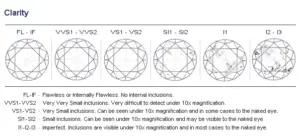
Color
Color grading in the 4 C’s of Diamonds is not so much what color the diamond is but instead the absence of color. Pure water is clear with no tint. A pure diamond is also clear and colorless.
Color is measured on a scale from D being colorless thru Z being yellow or brown. What influences the color- The pureness of the diamond’s formation and the way it refracts light. A truly colorless diamond reflects the ROY G. BIV The GIA institute created a set of master diamonds for each color grade. Diamonds are compared under consistent lighting to decide the color grade.
The more colorless a diamond the more valuable it is. If a colorless diamond is not within your budget, don’t stress. The near-colorless diamonds can be enhanced and balanced based on their settings. Icy winter whites (D-I) look stunning in white gold or platinum settings. Warmer-colored diamonds (J-Z) are typically more desirable when set in yellow gold.
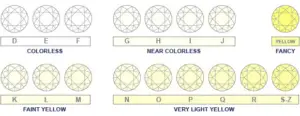
Note that truly colored diamonds such as pink diamonds or chocolate diamonds are not graded on the same color scale as described above. They are called “fancy colored diamonds and their color is described in different terms but evaluated by their cut, clarity, and carat within the 4 C’s of diamonds evaluations.
Carat
The final C in the 4 Cs of diamonds is the carat. Carat refers to the weight of a diamond and not its size. A 1-carat diamond is equal to 100 milligrams. Carat weight alone is not an accurate way to determine the value of a diamond though. Two 1-carat diamonds next to each other can both look incredibly different in size because of the cut of each gemstone and also vary greatly in price when you take clarity, color, and cut into consideration.
If you are comparing two diamonds of equal clarity, color, and cut, you can expect a 1-carat diamond to cost more than twice the cost of a half-carat diamond. This is because larger diamonds with a quality cut, near colorless and high clarity are very rarely found in nature which increases their value.
It is difficult to explain in every day relative terms a reference size for carat size because of the variations in diamond cuts. To say that a 1-carat diamond is the size of a pencil eraser is not accurate across the board. To get a true idea of the carat weight in relation to diamond size, you must see the diamonds in person.

The 4 C’s of Diamonds Summary
Cut, clarity, color, and carat all play major roles in the beauty, sparkle, and value of diamonds. Using one of these factors alone will never give an accurate description of the gemstone. Having a jeweler you can trust makes all the difference when choosing diamond jewelry. Isbell Jewelers have been proudly serving the Birmingham area since 1982. We understand the 4 Cs of diamonds and how they all contribute to each other to make a stunning gemstone. Stop by our showroom to browse our collection of diamond jewelry in all shapes, cuts, sizes, and colors. We also love to custom-design jewelry for our customers. Have an idea? We can bring it to life!
The original article is from Isbell Jewelers. You can learn more about them here.
